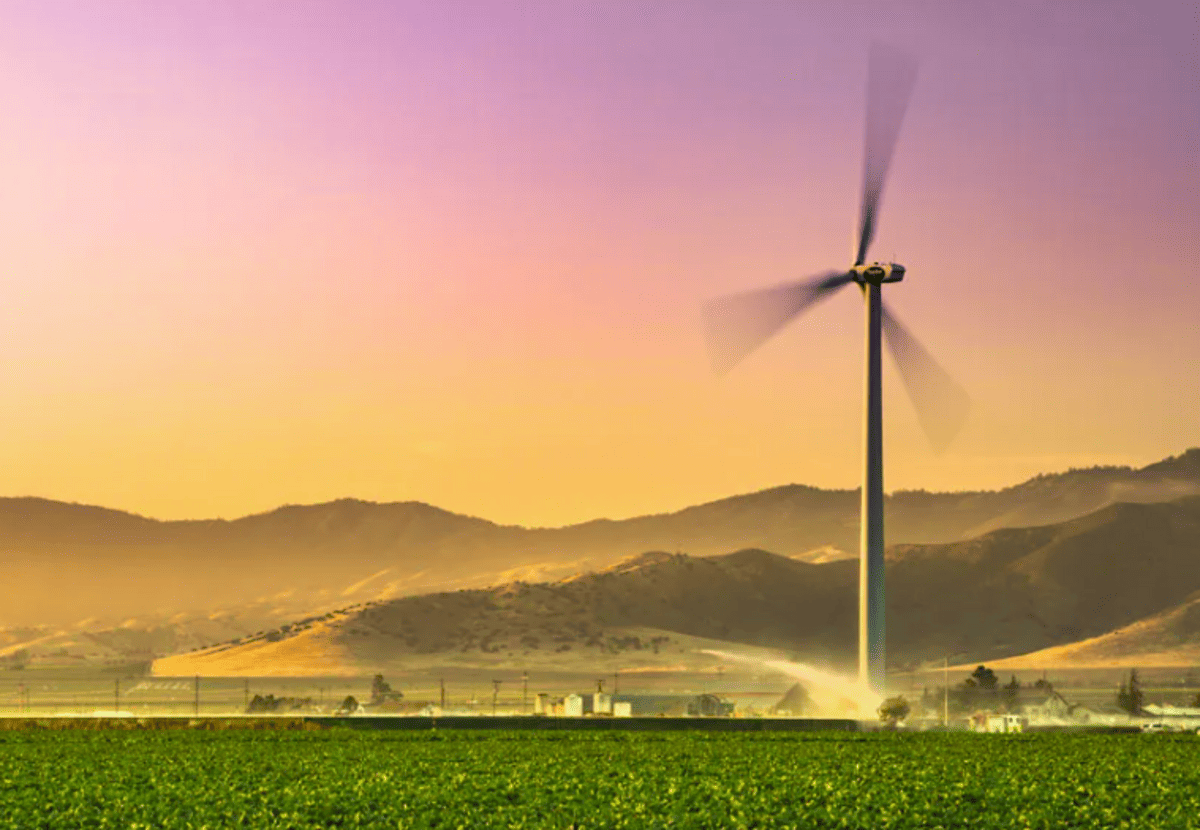
Climate change is reshaping global sectors, impacting agriculture, water, and energy. Adapting to these changes is crucial for sustainability.
Diversifying crops and livestock can reduce total crop failure risks. Developing drought, heat, salinity, and pest-resistant crop varieties is essential. Efficient irrigation techniques, such as drip and sprinkler systems, along with rainwater harvesting and soil moisture conservation, help improve water availability and crop yields.
Sustainable practices like agroforestry integrate trees into agriculture, providing shade, reducing soil erosion, and enhancing soil fertility. Techniques such as conservation tillage and cover cropping support soil health and prevent degradation [1].
As urbanization and water demand rise, efficient water management is crucial. A study [2] using Multi-Criteria Decision-Making (MCDM) and the Analytic Hierarchy Process (AHP) evaluates water management strategies. High-priority strategies like "Smart Metering," "Demand Management," "Behavior Change," and "Smart Irrigation Systems" are highly effective. Medium-priority strategies, including "Educational Campaigns," "Policy and Regulation," "Rainwater Harvesting," and "Graywater Recycling," also play important roles. Integrating these strategies with lower-priority ones, such as "Water Desalination," can provide tailored solutions for smart cities.
A study [3] outlines key strategies for reducing emissions and addressing climate impacts in energy sector.
Agrivoltaic systems use agricultural land for both farming and solar energy production. Solar panels installed above crops reduce water evaporation and improve soil moisture retention, enhancing crop resilience and water management by lowering irrigation needs. This approach mitigates climate change impacts and is crucial in water-scarce regions [8].
Offshore Floating Photovoltaic (OFPV) systems, installed on floating structures in water bodies, generate renewable energy, contribute to water conservation, without competing with land use. A study [9] finds Morocco's South Atlantic coast most suitable for OFPV farms, while the North Atlantic and Mediterranean coasts are less favorable.
In conclusion, adapting to climate change across water, food, and energy sectors involves a combination of technological innovations, sustainable practices, and strategic planning to ensure a resilient and sustainable future.
References
[1] Malhi, G.S., Kaur, M., & Kaushik, P. (2021). Impact of Climate Change on Agriculture and Its Mitigation Strategies: A Review. Sustainability.
[2] Bouramdane, A.-A. (2023). Optimal Water Management Strategies: Paving the Way for Sustainability in Smart Cities. Smart Cities, 6, 2849-2882.
https://doi.org/10.3390/smartcities6050128
[3] Bouramdane, A.-A. (2024), "Morocco's Path to a Climate-Resilient Energy Transition: Identifying Emission Drivers, Proposing Solutions, and Addressing Barriers", Science and Technology for Energy Transition, https://doi.org/10.2516/stet/2024021
[4] Singh, N., Farina, I., Petrillo, A., Colangelo, F., & De Felice, F. (2023). Carbon capture, sequestration, and usage for clean and green environment: challenges and opportunities.
International Journal of Sustainable Engineering, 16, 248 - 268.
[5] GE Steam Power. (n.d.). Nuclear energy: A critical pillar of a carbon-free future. Retrieved August 19, 2024, from https://www.gevernova.com/steam-power/nuclear-turbine-island/carbon-free-future
[6] Bouramdane, A-A. (2021), "Scenarios of Large-Scale Solar Integration with Wind in Morocco:
Impact of Storage, Cost, Spatio-Temporal Complementarity and Climate Change". Institut Polytechnique de Paris, [PhD Thesis], Physics, Oct 2021, https://tel.archives-ouvertes.fr/tel-03518906
[7] Bouramdane, A.-A. (2023). Cyberattacks in Smart Grids: Challenges and Solving the Multi-Criteria Decision-Making for Cybersecurity Options, Including Ones That Incorporate Artificial Intelligence, Using an Analytical Hierarchy Process. Journal of Cybersecurity and Privacy (JCP), 3,
662-705. https://doi.org/10.3390/jcp3040031
[8] Bouramdane, A-A. (2022), "Agrivoltaïque, De Quoi Parle-t-on Au Juste?", énergie/mines & carrières, DOI: 10.5281/zenodo.7594342. URL: https://energiemines.ma/agrivoltaique-de-quoi-parle-t-on-au-juste/
[9] Bouramdane, A-A. (2023), "Potential Site for Offshore Floating Photovoltaic Systems in Morocco: Evaluation Criteria Required Considering Climate Change Effects to Achieve the Energy Trilemma", Lambert Academic Publishing (LAP), ISBN: 978-620-6-15964-3,
https://www.morebooks.shop/shop-ui/shop/product/9786206159643





